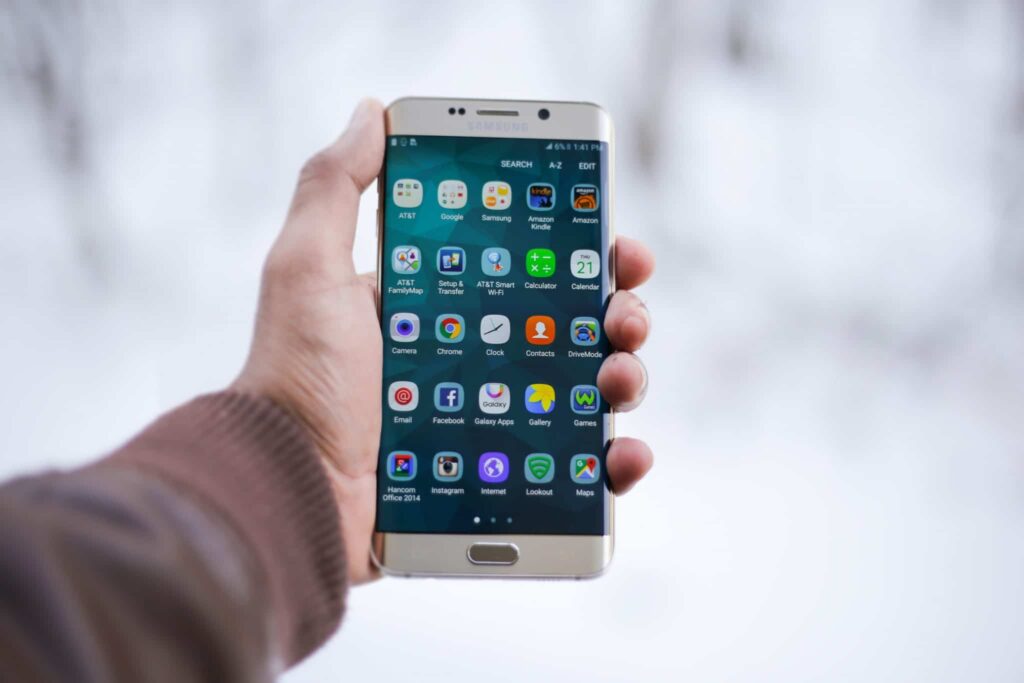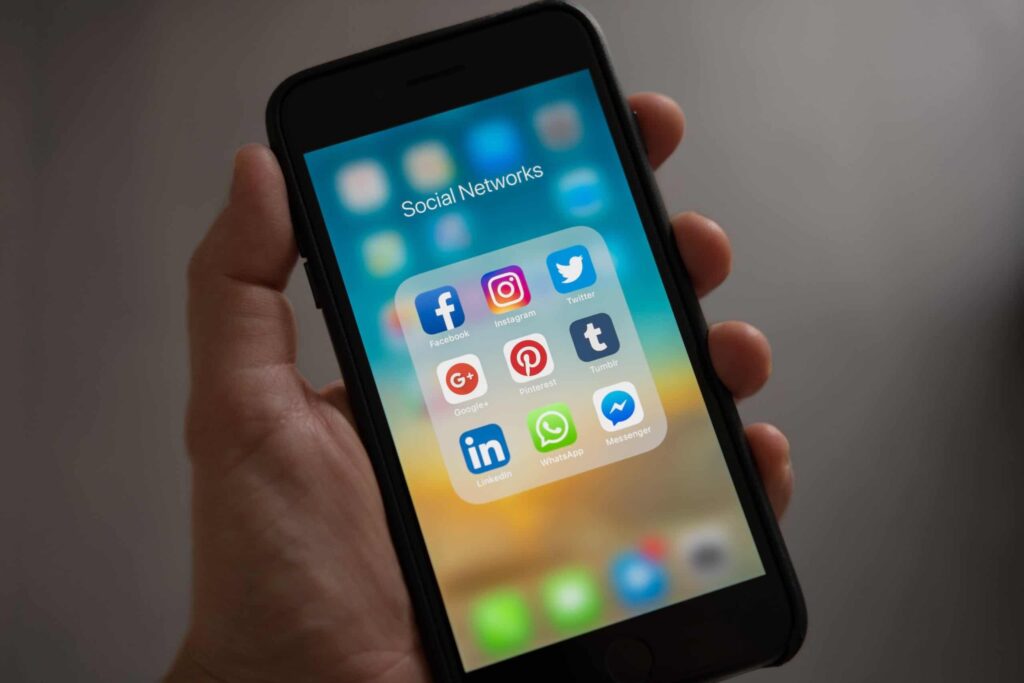How to Organize Your Digital Life: Phone, Inbox, and Files Made Simple

In an age where our phones are smarter than ever and our files live in the cloud, digital clutter can creep in faster than we realize. You’re juggling dozens of apps, thousands of photos, a chaotic inbox, and files scattered across devices. Sound familiar?
Just like you declutter your closet or clean your desk, your digital life needs maintenance too. The good news? With a few hours of focus and the right system, you can bring order and peace to your digital world—and keep it that way.
Here’s a step-by-step guide to organize your digital life: starting with your phone, moving into your inbox, and finally tackling your files.
1. Declutter and Organize Your Phone

Your phone is likely your most-used digital device. Start here:
a) Delete Apps You Don’t Use
- Go to Settings > Screen Time or use your App Library to check your most-used apps.
- If you haven’t opened an app in 2+ months, delete or offload it.
- For iPhones: Settings > General > iPhone Storage lets you review and offload unused apps.
b) Organize Apps into Folders
Group apps by:
- Function (e.g., “Finance,” “Social,” “Health”)
- Frequency (daily, weekly)
- Custom system (e.g., “Quick,” “Deep Work,” “On the Go”)
Bonus: Place frequently-used apps on the first home screen, and move distractions (like social media) to the last.
c) Tidy Up Notifications
- Disable non-essential notifications. This reduces overwhelm and increases focus.
- On iOS and Android: You can customize which apps can notify you and how.
d) Clean Up Your Photos
- Delete blurry screenshots, duplicate selfies, and random memes.
- Use apps like Gemini Photos (iOS) or Google Photos’ storage management tools to batch delete.
- Organize into albums by events, people, or categories like “Receipts” or “Art Inspiration”.
Pro Tip: Set a calendar reminder every 1st of the month: “Delete unnecessary photos.”
2. Take Back Control of Your Inbox

A messy inbox = constant background stress. Here’s how to regain control:
a) Unsubscribe Ruthlessly
- Use tools like Unroll.me, Leave Me Alone, or manually unsubscribe from newsletters you never open.
- Alternatively, create a “Promo/Spam” email for shopping and sign-ups.
b) Use Folders (or Labels) Strategically
Stick to a minimal folder system, such as:
- Action Required
- Waiting For
- Read Later
- Receipts
- Archive
Avoid over-categorizing. Search is powerful—don’t waste time sorting every email manually.
c) Try the “Inbox Zero” Workflow
- If an email takes <2 minutes: Reply or archive immediately.
- For longer tasks: Snooze the email (Gmail feature) or move it to “Action Required.”
- Archive everything you’ve dealt with. Stop using your inbox as a to-do list.
d) Use Email Tools
- Spark (iOS/Android) – Smart inbox & batch reply
- Clean Email – Bulk unsubscribe and smart organization
- Mailbutler or Boomerang – Send later, reminders, email tracking
Pro Tip: Set two daily inbox check-ins: 11 AM and 4 PM. Avoid constant inbox scanning.
3. Organize Your Digital Files (Laptop + Cloud)

You download a PDF. Save a photo. Export a spreadsheet. Multiply this by 365 days, and soon, your computer’s a disaster. Let’s fix that.
a) Use a Simple Folder System
Whether local or in Google Drive/Dropbox, structure your folders like this:
/Documents
/Finance
/Work
/Personal
/Travel
/Health
Under each, add year or month folders if needed. Example:
/Finance
/2024 Taxes
/Bank Statements
Don’t over-nest. 2–3 layers is plenty.
b) Rename Files Intentionally
Standardize naming to make files searchable:
- Invoices: Invoice_CompanyName_2025-06.pdf
- Documents: Topic_Name_Version_Date.docx
- Photos: Event_Location_Date.jpg
Pro Tip: Use dashes or underscores, avoid spaces in file names for better cross-platform access.
c) Declutter Your Desktop and Downloads Folder
- Desktop should have 0 files (or max 5 shortcuts).
- Move all downloads to their appropriate folders weekly.
- Automate file movement with tools like Hazel (Mac) or DropIt (Windows).
d) Back Up Regularly
Always keep 2 backups:
- Cloud Backup: Google Drive, iCloud, Dropbox, OneDrive
- External Drive Backup: Use Time Machine (Mac) or File History (Windows)
Don’t trust just one platform—hard drives fail, and cloud accounts can be hacked or locked.
Bonus: Build Maintenance Habits
Getting organized once is great. Staying organized is better. Try these routines:
Weekly Digital Reset (30 min):
- Clear phone photos
- Move downloaded files
- Review inbox folders
- Delete unused apps
Monthly Cleanup (1 hour):
- Backup key files
- Review subscriptions and cloud storage usage
- Update file structure if needed
Use calendar reminders to automate these checkpoints.
To help streamline your digital life, here are some highly recommended tools across different categories:

l For email management, tools like Unroll.me and Clean Email make it easy to unsubscribe from unwanted newsletters and clean up your inbox in bulk.
l To automatically sort and organize your downloaded files, use Hazel if you’re on a Mac or DropIt if you’re using Windows.
l For managing your photo library, apps like Gemini Photos (iOS) and Google Photos help detect and delete duplicate images and sort your collection efficiently.
l When it comes to backing up your important data, cloud services such as iCloud, Google Drive, and Dropbox offer reliable and accessible storage solutions.
l If you need to sync folders across devices securely, Sync.com and OneDrive are excellent choices.
l And for productivity and organizing notes, ideas, and digital files, platforms like Notion and Evernote serve as powerful all-in-one digital workspaces—your “second brain” in the cloud.
Final Thoughts
Your digital life doesn’t have to feel overwhelming. With the right systems in place, you can spend less time searching, deleting, and stressing—and more time living.
Think of it as digital minimalism: not about having nothing, but about everything having its place and purpose.
Start small. Tackle one area at a time. And remember: organization is a habit, not a one-time fix.
